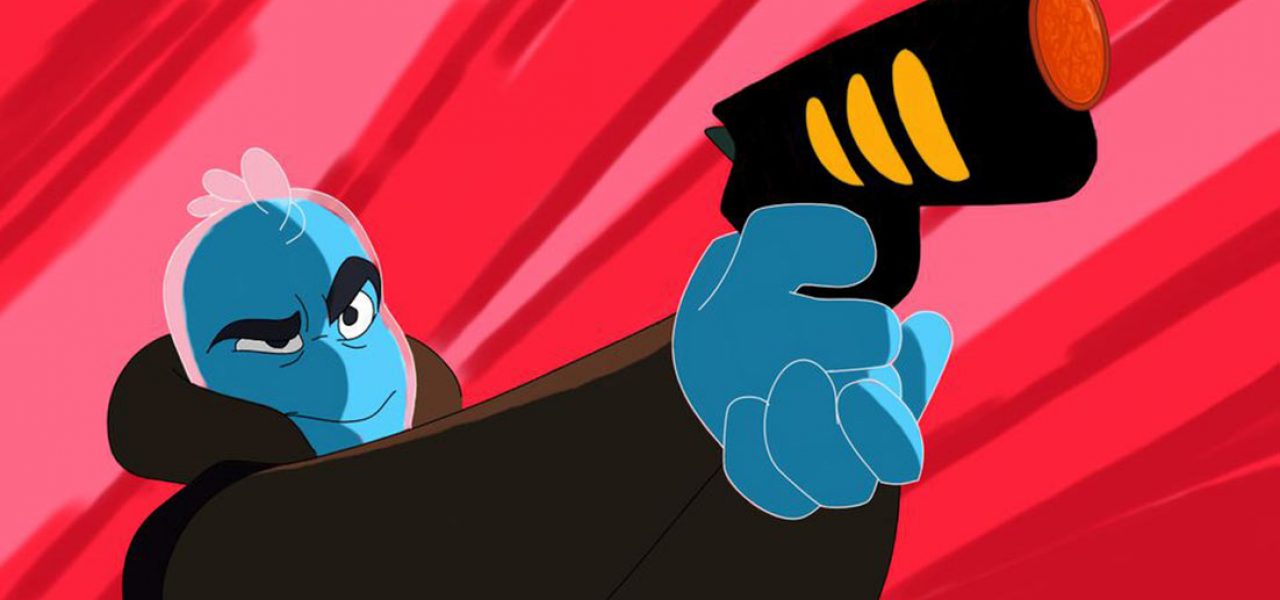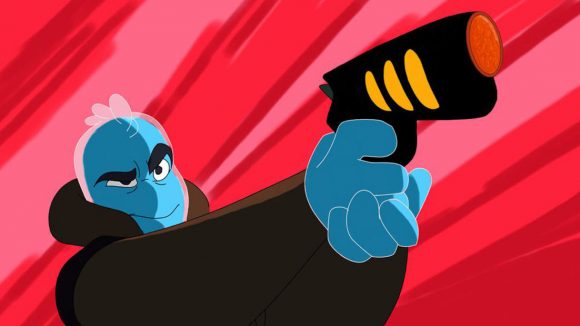

Fifteen Years Ago: Warner Bros. Blamed The Failure of ‘Osmosis Jones’ On Its 2D Technique
Should someone want, they could list plenty of reasons that audiences rejected Osmosis Jones, the 2001 live-action/animation bomb from Warner Bros. that was released nationally on this day fifteen years ago.

But back in 2001, in the immediate aftermath of the film’s colossal failure (it opened in seventh place and earned less than $14 million against its $70 million-plus budget), WB’s then-president of domestic theatrical marketing, Brad Ball, scrambled to deflect blame from himself and his unit. His best hope was a tried-and-true technique in the Hollywood film industry: blame the film’s lack of success on the animation technique.
In an internal memo he distributed at Warner Bros. at the time, Ball suggested, “In the end, parents seemed put off by content and it can also be argued that ‘2-d’ animation in this day of CGI, was ‘out-executed’, though the film’s animation did have a striking look.”
Even overlooking the fact that one of the main characters in the film, Drix, was CG-animated, Ball’s assessment remains as nonsensical today as when he first said it fifteen years ago. It’s one of those claims that you’re only allowed to make about animated films, because it wouldn’t make sense in any other context. Imagine if a marketing exec tried to blame the poor box office performance of a live-action film on the fact that it was made using live-action.
In fact, even as Ball wrote the memo, Hayao Miyazaki’s largely hand-drawn Spirited Away was debunking his theory as it enjoyed a record-breaking theatrical run in Japan, where it went on to become the highest-grossing film in Japanese history, a record that still stands today.
More than anything, Ball wanted to make clear in his memo that it hadn’t been his marketing department’s fault, and looking back, he might have been correct. Though, ironically, the things he was proud of having done may have ultimately not been in the best interest of the film. For example, in the memo, he pointed out that, “Multiple research screenings (7 or more) were held [for Osmosis Jones] to track the exact target for this film…from PG-13 back to a PG.”
Whatever Ball’s role on OJ, his marketing division was clearly at fault for the atrocious launch of another Warner Bros. animated film, The Iron Giant (1999), which was sold as kiddie matinee fodder rather than the incisive animated drama that it was.
Excellence ultimately rises to the top, with or without the help of a marketing department—it just takes longer. History has been kind to Brad Bird’s The Iron Giant, and his feature film directorial debut is now rightly regarded as a contemporary animation classic. Osmosis Jones, on the other hand, has not had its reputation resuscitated by the masses.
And what about Brad Ball? The former McDonald’s marketing executive didn’t last long in his role at Warner Bros. and was shifted out of theatrical marketing by the end of 2001, before leaving the company in 2004. Today, he’s the head of marketing for Sky Zone, a chain of recreational facilities where visitors go to jump on trampolines.

.png)